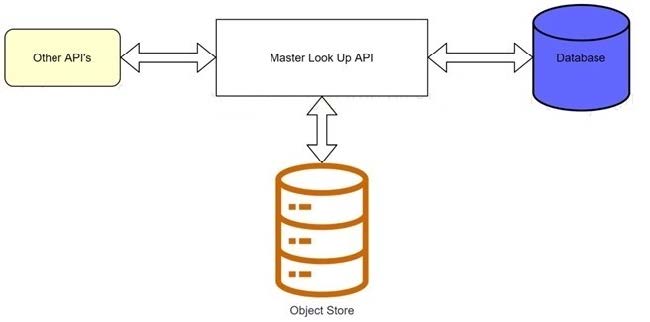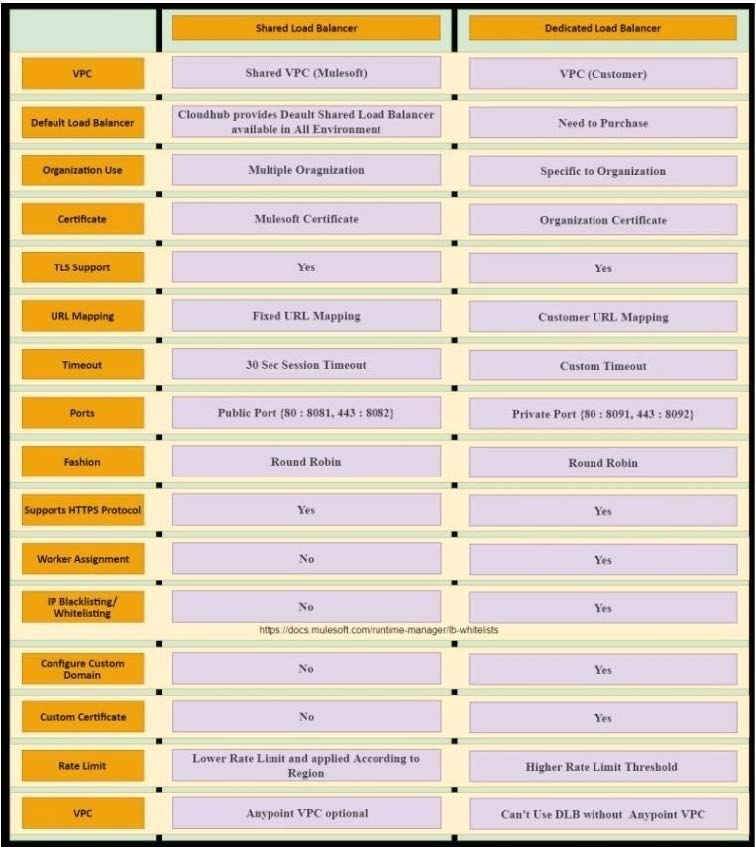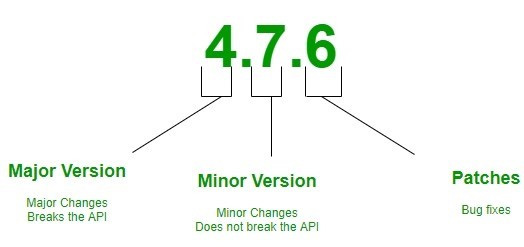Exam Details
Exam Code
:MCIA-LEVEL-1-MAINTENANCEExam Name
:MuleSoft Certified Integration Architect - Level 1 MAINTENANCECertification
:MuleSoft Certified ArchitectVendor
:MulesoftTotal Questions
:116 Q&AsLast Updated
:Jun 01, 2025
Mulesoft MuleSoft Certified Architect MCIA-LEVEL-1-MAINTENANCE Questions & Answers
-
Question 171:
When the mule application using VM is deployed to a customer-hosted cluster or multiple cloudhub workers, how are messages consumed by the Mule engine?
A. in non-deterministic way
B. by starting an XA transaction for each new message
C. in a deterministic way
D. the primary only in order to avoid duplicate processing
-
Question 172:
What comparison is true about a CloudHub Dedicated Load Balancer (DLB) vs. the CloudHub Shared Load Balancer (SLB)?
A. Only a DLB allows the configuration of a custom TLS server certificate
B. Only the SLB can forward HTTP traffic to the VPC-internal ports of the CloudHub workers
C. Both a DLB and the SLB allow the configuration of access control via IP whitelists
D. Both a DLB and the SLB implement load balancing by sending HTTP requests to workers with the lowest workloads
-
Question 173:
An application load balancer routes requests to a RESTful web API secured by Anypoint Flex Gateway. Which protocol is involved in the communication between the load balancer and the Gateway?
A. SFTP
B. HTTPS
C. LDAP
D. SMTP
-
Question 174:
An auto mobile company want to share inventory updates with dealers Dl and D2 asynchronously and concurrently via queues Q1 and Q2. Dealer Dl must consume the message from the queue Q1 and dealer D2 to must consume a
message from the queue Q2.
Dealer D1 has implemented a retry mechanism to reprocess the transaction in case of any errors while processing the inventers updates. Dealer D2 has not implemented any retry mechanism.
How should the dealers acknowledge the message to avoid message loss and minimize impact on the current implementation?
A. Dealer D1 must use auto acknowledgement and dealer D2 can use manual acknowledgement and acknowledge the message after successful processing
B. Dealer D1 can use auto acknowledgement and dealer D2 can use IMMEDIATE acknowledgement and acknowledge the message of successful processing
C. Dealer D1 and dealer D2 must use AUTO acknowledgement and acknowledge the message after successful processing
D. Dealer D1 can use AUTO acknowledgement and dealer D2 must use manual acknowledgement and acknowledge the message after successful processing
-
Question 175:
Which Anypoint Platform component helps integration developers discovers and share reusable APIs, connectors, and templates?
A. Anypoint Exchange
B. API Manager
C. Anypoint Studio
D. Design Center
-
Question 176:
A company is planning to migrate its deployment environment from on-premises cluster to a Runtime Fabric (RTF) cluster. It also has a requirement to enable Mule applications deployed to a Mule runtime instance to store and share data across application replicas and restarts.
How can these requirements be met?
A. Anypoint object store V2 to share data between replicas in the RTF cluster
B. Install the object store pod on one of the cluster nodes
C. Configure Persistence Gateway in any of the servers using Mule Object Store
D. Configure Persistent Gateway at the RTF
-
Question 177:
Which role is primarily responsible for building API implementation as part of a typical MuleSoft integration project?
A. API Developer
B. API Designer
C. Integration Architect
D. Operations
-
Question 178:
A banking company is developing a new set of APIs for its online business. One of the critical API's is a master lookup API which is a system API. This master lookup API uses persistent object store. This API will be used by all other APIs to provide master lookup data.

Master lookup API is deployed on two cloudhub workers of 0.1 vCore each because there is a lot of master data to be cached. Master lookup data is stored as a key value pair. The cache gets refreshed if they key is not found in the cache.
Doing performance testing it was observed that the Master lookup API has a higher response time due to database queries execution to fetch the master lookup data.
Due to this performance issue, go-live of the online business is on hold which could cause potential financial loss to Bank.
As an integration architect, which of the below option you would suggest to resolve performance issue?
A. Implement HTTP caching policy for all GET endpoints for the master lookup API and implement locking to synchronize access to object store
B. Upgrade vCore size from 0.1 vCore to 0,2 vCore
C. Implement HTTP caching policy for all GET endpoints for master lookup API
D. Add an additional Cloudhub worker to provide additional capacity
-
Question 179:
An organization uses one specific CloudHub (AWS) region for all CloudHub deployments. How are CloudHub workers assigned to availability zones (AZs) when the organization's Mule applications are deployed to CloudHub in that region?
A. Workers belonging to a given environment are assigned to the same AZ within that region.
B. AZs are selected as part of the Mule application's deployment configuration.
C. Workers are randomly distributed across available AZs within that region.
D. An AZ is randomly selected for a Mule application, and all the Mule application's CloudHub workers are assigned to that one AZ
-
Question 180:
An API has been updated in Anypoint Exchange by its API producer from version 3.1.1 to 3.2.0 following accepted semantic versioning practices and the changes have been communicated via the API's public portal. The API endpoint does NOT change in the new version. How should the developer of an API client respond to this change?
A. The update should be identified as a project risk and full regression testing of the functionality that uses this API should be run.
B. The API producer should be contacted to understand the change to existing functionality.
C. The API producer should be requested to run the old version in parallel with the new one.
D. The API client code ONLY needs to be changed if it needs to take advantage of new features.
Related Exams:
Tips on How to Prepare for the Exams
Nowadays, the certification exams become more and more important and required by more and more enterprises when applying for a job. But how to prepare for the exam effectively? How to prepare for the exam in a short time with less efforts? How to get a ideal result and how to find the most reliable resources? Here on Vcedump.com, you will find all the answers. Vcedump.com provide not only Mulesoft exam questions, answers and explanations but also complete assistance on your exam preparation and certification application. If you are confused on your MCIA-LEVEL-1-MAINTENANCE exam preparations and Mulesoft certification application, do not hesitate to visit our Vcedump.com to find your solutions here.

